A Comparative Analysis of Physiotherapy, Osteopathy, and Exercise Physiology in the Treatment of Muscle Injuries
Introduction:
Muscle injuries are a common occurrence that can impact individuals across various age groups and fitness levels. When it comes to rehabilitation and treatment, several therapeutic modalities are available, with physiotherapy, osteopathy, and exercise physiology being prominent options. In this article, we will explore and compare these three approaches in the context of treating muscle injuries.
1. Physiotherapy:
Physiotherapy, also known as physical therapy, focuses on restoring and maintaining functional movement and physical well-being. Physiotherapists use a variety of techniques, including manual therapy, exercises, and modalities like ultrasound and electrical stimulation. The goals of physiotherapy in muscle injury treatment include pain management, reducing inflammation, and improving flexibility and strength.
Pros of Physiotherapy:
a. Holistic approach: Physiotherapists consider the overall well-being of the patient, addressing not only the injury but also contributing factors.
b. Evidence-based practice: Physiotherapy relies on scientific evidence and research to inform treatment plans.
c. Customization: Treatment plans are tailored to individual needs, ensuring a personalized approach.
Cons of Physiotherapy:
a. Time-consuming: Achieving full recovery through physiotherapy may take time, especially for complex injuries.
b. Limited focus on structural alignment: While physiotherapy addresses functional aspects, it may not emphasize structural alignment as much as osteopathy.
2. Osteopathy:
Osteopathy is a manual therapy that focuses on the musculoskeletal system and its interconnection with other bodily systems. Osteopaths use hands-on techniques, such as manipulation and mobilization, to restore balance and alleviate pain. Osteopathic treatment aims to improve circulation, enhance tissue mobility, and address structural issues contributing to muscle injuries.
Pros of Osteopathy:
a. Structural integration: Osteopathy emphasizes the importance of proper alignment and structural balance in the body.
b. Hands-on approach: Osteopathic techniques are primarily manual, providing a direct and targeted intervention.
c. Whole-body perspective: Osteopaths consider the interconnectedness of various body systems, addressing not just symptoms but underlying causes.
Cons of Osteopathy:
a. Limited emphasis on exercise: Osteopathy may not place as much emphasis on specific exercise prescriptions as exercise physiology.
b. Not always evidence-based: Some osteopathic techniques may lack robust scientific evidence, leading to variations in effectiveness.
3. Exercise Physiology:
Exercise physiology involves the prescription of exercise for the prevention and management of injuries, including muscle injuries. Exercise physiologists design and implement structured exercise programs, incorporating resistance training, flexibility exercises, and cardiovascular conditioning to promote recovery and prevent recurrence.
Pros of Exercise Physiology:
a. Targeted exercise prescription: Exercise physiologists design specific exercise regimens tailored to individual needs, focusing on rehabilitation and prevention.
b. Efficient rehabilitation: Exercise physiology can contribute to quicker recovery by promoting muscle strengthening and flexibility.
c. Emphasis on prevention: Exercise physiologists work to prevent future injuries through targeted exercise interventions.
Cons of Exercise Physiology:
a. May not address underlying structural issues: Exercise physiology may not directly address structural imbalances that could contribute to muscle injuries.
b. Lack of manual therapy: Exercise physiology primarily relies on exercise interventions and may not include hands-on manual therapy.
Conclusion:
In the treatment of muscle injuries, physiotherapy, osteopathy, and exercise physiology each offer unique approaches with their own set of advantages and limitations. The choice between these modalities depends on the nature of the injury, individual patient characteristics, and treatment goals. Integrating these disciplines, when appropriate, may provide a comprehensive and synergistic approach to muscle injury management. It is essential for healthcare professionals and patients to collaboratively determine the most suitable treatment plan based on the specific requirements of the individual case.
